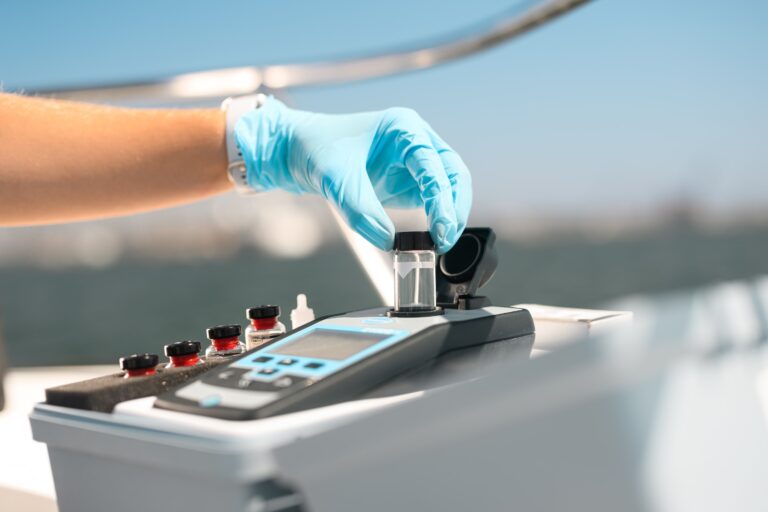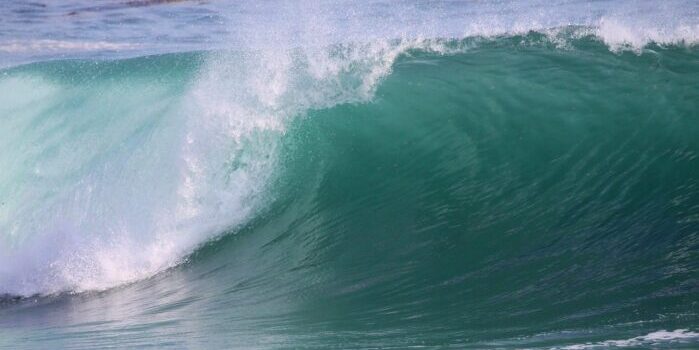



Water Quality Index Score: 77, Fair
We tracked two parameters of concern in San Luis Rey Watershed:
- Turbidity: Two-thirds of the turbidity samples exceeded healthy standards
- Levels of pH: Over half of the pH samples collected exceeded healthy standards
Spoiler alert: Our volunteers saw the impacts of these poor water quality indicators play out when they reported numerous dead fish along the river’s bank in March and April.
When turbidity exceeds standards it means too many sediments are moving through the waters. We especially care about this in the San Luis River because it has a small tidal wetland where the fresh river water meets the coastal salt water. When the river carries unusually high amounts of sediment, it will deposit into the wetland, building it up and changing the habitat in this critical area. We’ll lose marine habitat because the ratio of salt and fresh waters will change if the salty tides can’t breach the sediment build up. This tidal wetland is an important brackish habitat for species like mullet fish and birds.
We’re not sure what’s raising the pH, and we’d like to research mines or factories in this watershed to understand how they may affect pH levels. We can tell you that it’s unusual for pH to be high, especially in river water. For healthy fresh waters, every river needs a certain window of pH–not too low and not too high. In San Luis Rey, the high levels of pH essentially stress the organisms that live in the river. It can also increase the toxicity of existing pollutants like metals and ammonia.
Unfortunately, our volunteers spotted fish kills in March and April–dead mullet fish that suffered from these exact cycles.
Side story, when we found these fish kills, we worked with the Regional Water Quality Control Board to understand more about what was happening. High nutrient levels in the water right after a rainstorm cause algae growth. During the day, algae pumps out oxygen, and then it reabsorbs it during the night. During our daytime tests, oxygen values were through the roof. When we investigated further, in the middle of the night at 2 a.m., oxygen levels dropped causing oxygen depletion, and dead fish.
















